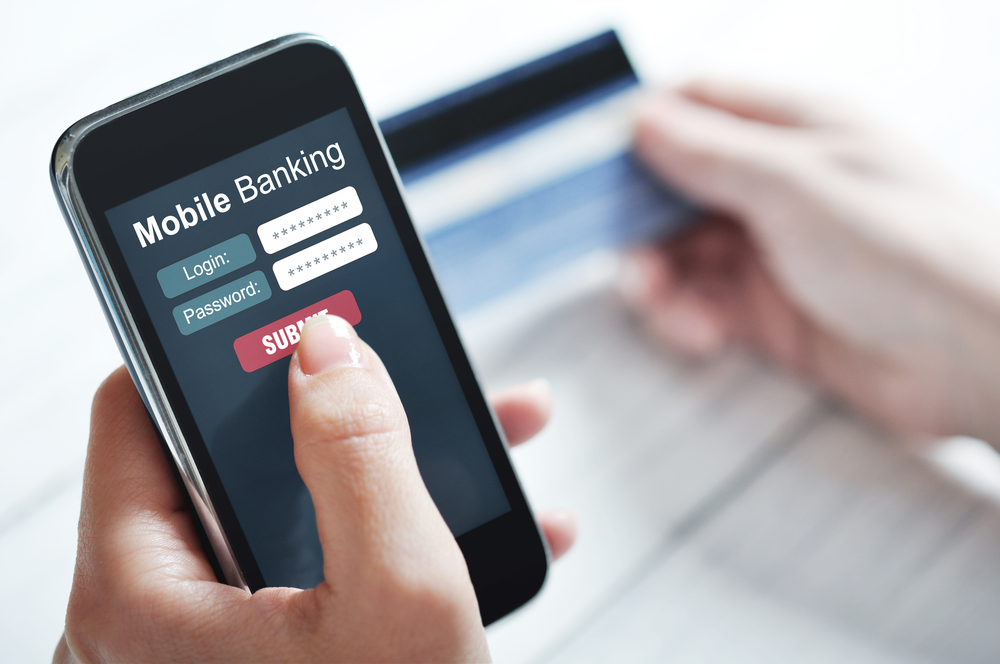The number of people using mobile phones for banking purposes will grow from 590 million in 2013 to one billion in 2017, according to a new report from Juniper Research.
That will represent around 15% of predicted global mobile phone users, Juniper said.
The report says that most banks have at least one mobile banking offering, either via messaging, mobile browser or an app-based service. Larger banks are now deploying two or more of these technologies together, Juniper said, particularly where there is significant smartphone and tablet penetration.
“From the banks’ perspective the triple play platform is advantageous as it avoids them having to switch suppliers for different approaches as well as maximising client reach," said Nitin Bhas, author of Juniper’s report.
"While messaging remains highly popular and relevant in the financial sector, apps will be the dominant access mode in developed markets with banks reporting an increased number of visits per month on their mobile apps."
In a separate white paper, called ‘Mobile Banking – Smart & Secure’, Juniper said that banks are developing new services in order to encourage customers to adopt the mobile banking offerings.
In April last year, Barclays launched its PingIt app, which links a user’s mobile phone to their current account, enabling them to send and receive payments to other users on their contact list also using the app.
HSBC launched a Fast Balance app that allows customers to see their account balance and last six transactions.
Meanwhile, Lloyds Banking Group offers its customers a range of automated message services, including alerts, which tell them when are about be overdrawn. inform users when approaching limits to avoid unplanned overdraft fees.
In November, a report by Ctrl-Shift said that financial institutions have an opportunity to be "good banks" by taking offering information-driven services to drive customer loyalty and provide value.







